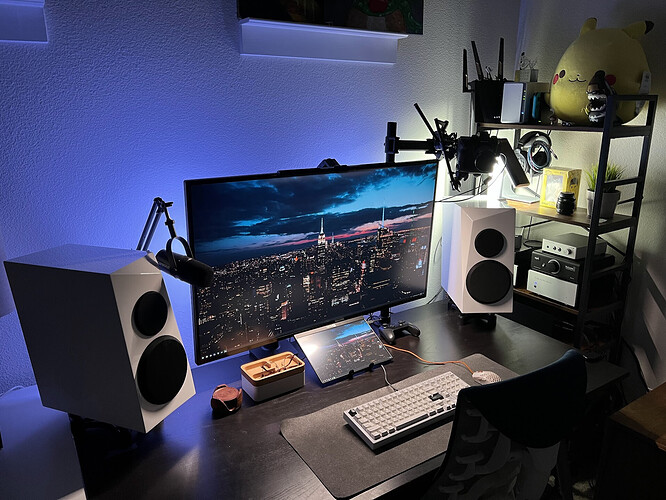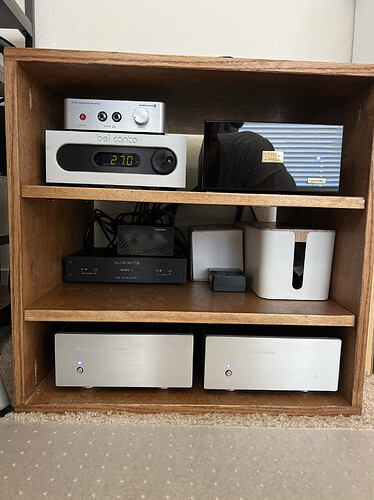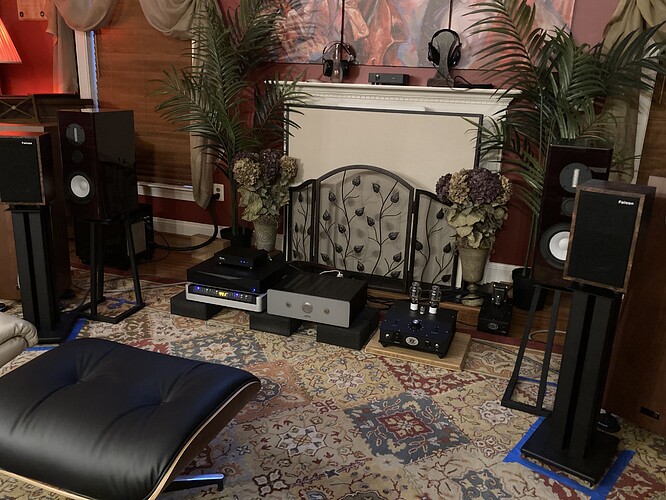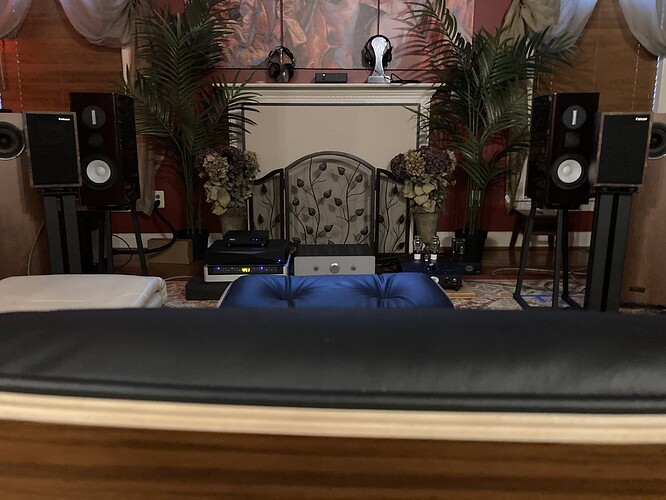Actually the time of arrival of direct vs reflected sound matters more than volume (spl). The key here is whether or not the ear/brain perceives two separate sounds as one single one vs two distinct ones. That’s all time based.
Here’s an example.
If the direct and reflected sounds arrive too closely to each other, the ear/brain perceives it as a single sound. This is obviously an error and the ultimate result is smearing of low level detail, imaging, spatial cues, etc.
If the reflected sound arrives long enough after the direct sound, the low level detail (responsible for imaging, spatial cues, etc.) remains intact and unaltered.
How volume (SPL) affects things is in the following way (as long as it’s delayed enough from direct sound):
If the reflected sound is relatively high, it will be interpreted as an echo. Separate from the original sound but relatively close in SPL.
If the reflected sound is low enough, it won’t be perceived and won’t matter.
Those are the two extremes. What happens IRL is somewhere in between and generally acts to give a sense of space/reverb. Basically it’s a low level, short delay echo. Same thing as you would experience in any room when a sound occurs and gives you a sense of the room’s size.
IRL, both timing and SPL play a role in what you hear. But knowing which does what can help you tune your system to be better.
Lastly, an anechoic chamber is not “just used for measurements”. It’s the ideal reproduction of sound since there’s nothing to augment, smear, mask, etc. it. However, listening to music (or anything else) in such a chamber is generally weird and unnatural. It is so because no matter where we are on Earth, there is always ambient noise and various objects to give spatial cues. The chamber lacks both.




